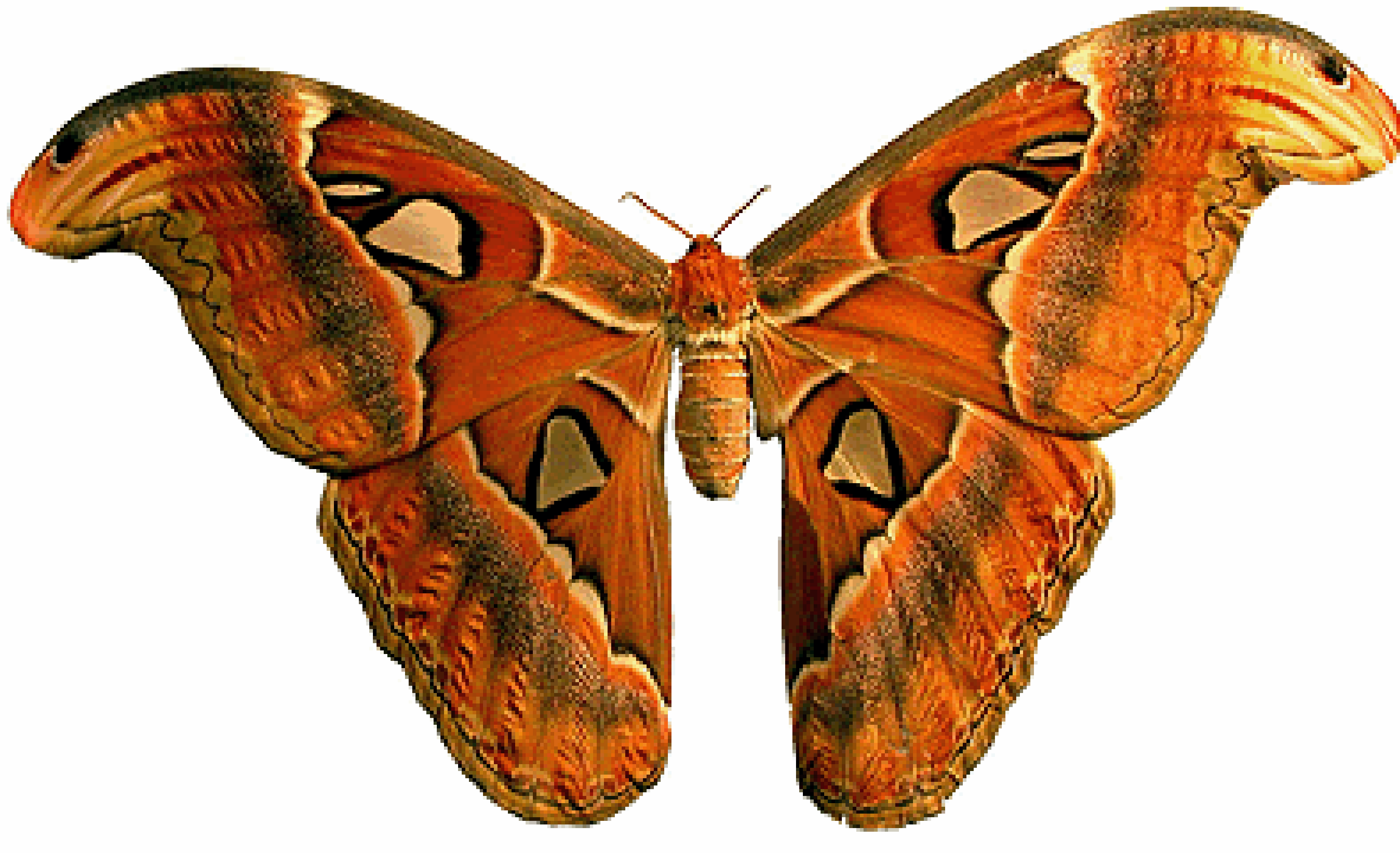Housing more than 25,000 specimens, Trinity’s Zoological Museum leaves much to be discovered. Sive Finlay recounts the mueum’s unique collection.
If you manage to break away from the society gauntlet that is Front Square during Fresher’s week you will encounter the science domain of campus. Well-buffered from our Arts brethren by two sports pitches, the East end of college is a wonderful world of eccentric physicists, computer whizzes and perpetually lab-bound biochemists. Tucked away in this enclave is one of Trinity’s hidden gems which, this summer, became college’s newest visitor’s attraction: the Zoology Museum.
Founded in 1777 to house Polynesian artefacts collected by Captain Cook on his expeditions to the South Sea Islands, the museum started life in Regent House above Front Arch. Fuelled by 19th century collecting zeal, the museum soon expanded beyond anthropological interests to include natural specimens as well. The collection was subdivided according to scientific disciplines and the zoological specimens were moved to their own museum in 1876. Today’s Zoology Museum is confined to the second floor of the Zoology Department, next to the lecture theatre and following its refurbishment in 2005, the museum was awarded accreditation to the Museum Standards Programme for Ireland in 2013.
With over 25,000 specimens there are plenty of treasures to discover. For example, the beautiful, delicate glass models of marine invertebrates are recognised as some of the finest works of renowned 19th century father and son team, Rudolph and Leopold Blaschka. The duo created exquisite, biologically accurate models of marine creatures which were sold as teaching aids for students. In fact, the Blaschkas’ glass models of flowers and plants are one of the main attractions at Harvard’s Museum of Comparative Zoology. Only a few other institutions have surviving examples of their work so we are very lucky to have such precious creations still intact in our own museum.
The museum’s collection is primarily used for teaching purposes. There are specimens representing all the major animal taxonomic groups which are trundled out annually to teach taxonomy to the new batch of zoology students. Sadly, part of this education in biodiversity includes reminders of some of the many species which are now extinct thanks largely to the actions of humans.
The specimen of Ireland’s last Great Auk is one such tragic reminder of our destructive nature. Large, flightless birds which resembled (but were not related to) penguins, Great Auks were once widespread across the North Atlantic. They were excellent aquatic predators but their puny wings and slow waddle on land made them easy targets, especially for hungry sailors and explorers. Archaeological remains show that the birds were hunted from at least the 8th century and by the mid-16th century many of their breeding colonies in Europe had all but disappeared. Sadly, as their numbers dwindled, many of the last birds were killed for museum collections; people seemed more interested in stuffing rather than conserving the remaining birds. Our museum’s specimen was the last bird to be killed in Ireland in 1834, just 10 years before the species went completely extinct. It is a sad reminder of the fate of many species which fall victim to human over-exploitation.
“With over 25,000 specimens there are plenty of treasures to discover. For example, the beautiful, delicate glass models of marine invertebrates are recognised as some of the finest works of renowned 19th century father and son team, Rudolph and Leopold Blaschka. The duo created exquisite, biologically accurate models of marine creatures which were sold as teaching aids for students.”
The museum’s specimens are an eclectic mix of animals which were collected, donated or, for some reason or another, happened to find their way to Dublin. Prince Tom is one such creature who, after a very colourful life, now calls the Zoology museum home. Tom was an Indian elephant caught from the wild and presented as a gift from the ruler of Nepal to Queen Victoria’s second son, the Duke of Edinburgh. Along with a tortoise companion, Tom accompanied the Duke on his visit to New Zealand in 1870.
As one of the first elephantine visitors to the land of kiwis, Tom sparked quite a publicity stir in New Zealand. He was particularly notorious for his decidedly non-teetotaller ways as he made himself at home at various local taverns. Upon his return from the colonies, Tom was eventually relocated to Dublin Zoo in June 1872 where he quickly became a star attraction. Tom’s most famous trick was to buy his own snacks from the food stands after he learned to collect coins in his trunk and hand them over in exchange for his favourite treats.
A few close encounters when Tom broke loose and “endangered himself and others” put an end to his zoo wanderings and he spent his last few years confined to his house and small yard. He died in 1882 aged roughly 15; evidently his years of heavy drinking and fondness for pastries were not conducive to prolonging his longevity. His body was transported by barge from the zoo to Trinity where he was dissected “with the aid of shears, ropes and pulleys;” how I would have loved to attend that anatomy lecture!
Tom’s colourful life is just one example of the intriguing stories which lie behind all of the museum’s unique specimens. The museum will be open to the public on both Culture night (20th September) and Researcher’s Night (27th September). Come along to meet Tom, guess the identities of some fierce-looking creatures, encounter the unicorn of the sea and discover Trinity’s hidden treasures for yourself.






